As an amateur gamer padel, we often dream, behind our television set, of becoming a professional and making a living from our passion. We want the pros, their career padelistic, their technique... Sometimes, we secretly hope to have the sufficient level to be like them and to play in the most prestigious world tournaments.
However, behind the euphoria, the spectacle, the thrills, sometimes hides a slightly darker truth. Behind the stars, like Galan or Salazar, we find players who play very well but who are very far in the ranking, and in terms of standard of living…
These players are often forced to play the previas, sometimes manage to qualify for the first round, can achieve a feat by winning the second, but behind these performances are difficult to repeat. At least, these rare successes sometimes leave lifelong memories.
We also have the young nuggets... those who arrive in an already established world, with excellent, almost unplayable players. These young people, starting with FIP tournaments, are sometimes forced to move to an academy in another country.
In short, the painting is a dream but we easily forget all the work put in behind it... as well as all the sacrifices.
Prize money in big tournaments: differences in prize money
The financial aspect is crucial for players, new or veterans of the circuit. With the media coverage of padel, prize money has soared in recent years. On the World Padel Tour, in 2023, it is no less than 16 million which were paid to the players, distributed over the 24 tournaments which took place.
Au Greenweez Premier Padel Paris Major (one of the four Majors), each category benefited from an allocation of 525.000€, or a little more of one million euros in total. The winners received 47.250 €, enough to make the trip profitable.
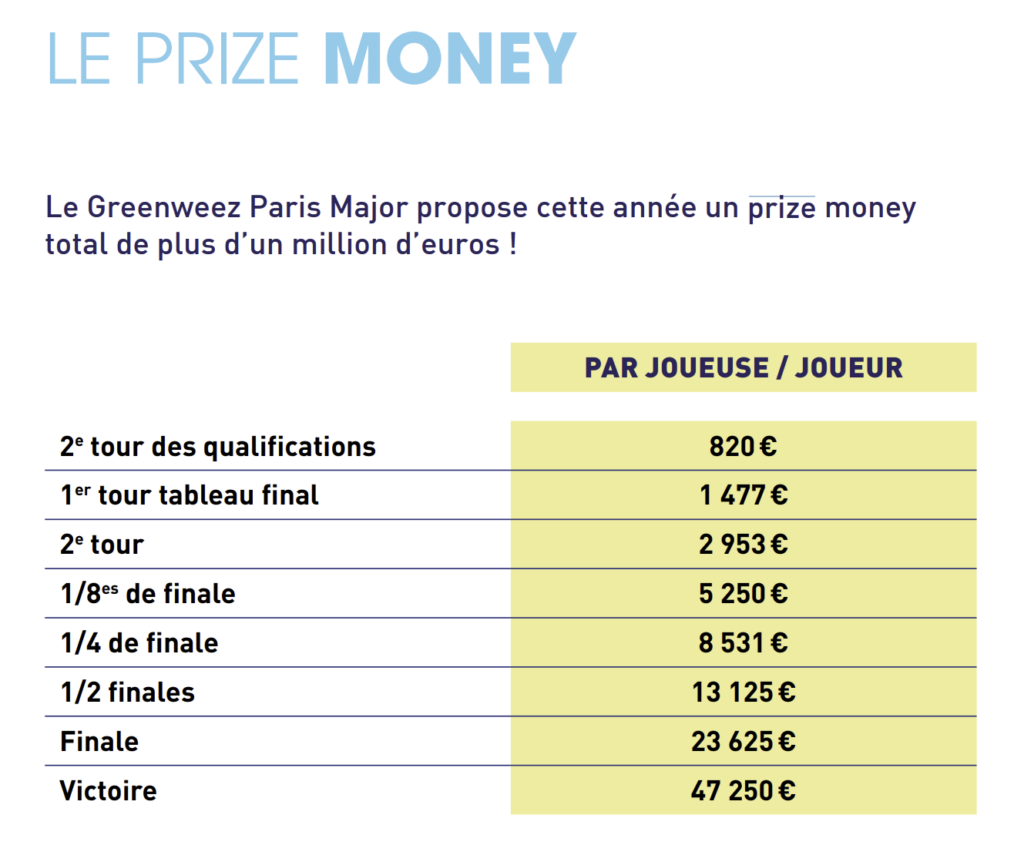
Behind these high sums, granted to the best pairs, the winnings of the pairs eliminated in the first round are much lower. Let us remember that Stupaczuk and Di Nenno were eliminated as soon as they entered the fray. They will have “only” touched €2 for this tournament.
So, for players of their level, obviously, this poor performance will have no financial impact. But for lower ranked players who lose in the first round, the €1 does not necessarily cover the costs incurred. And we're talking about the four best-funded tournaments in the world! For the others, it is better not to lose in qualifying or even in the first round…
Sponsors, a key element
In the padel, sponsors have a crucial place in the lives of athletes. The money they provide to the players allows them to pay for hotels, plane tickets, training, food, and registration fees.
To register for FIP Rise of Bourg-en-Bresse last season, you had to pay 30€. To FIP Promotion Melbourne, it is $80 Australian, or approximately 50€. Multiply sums like this by four for players who register every weekend and you have a little over €1 that goes away every year. Not much you might say, but when all your expenses are counted…
In the latest Australian example, the prize money was only 5 000 euros for both categories (men and women). You understand that between the price of the hotel, flights and food expenses, very few came out positive from this competition. It is also easy to see why the vast majority of players entered in the two Australian tournaments at the start of the year (FIP Rise Sydney and FIP Promotion Melbourne) came… from Australia!
It is at this precise moment that sponsors take a crucial place because they help competitors to cover part of these expenses. Suffice to say that for the players, it is an aid not to be neglected, as pointed out Isaac Huysveld, young promise of padel Belgian.
“If you want to become a professional, you have to have money”
Let’s go back to Isaac’s interview for a moment. At 17 years old, its potential is already promising. We regularly meet him at FIP tournaments and he also participated in the Junior World Championships in Paraguay.
This young Belgian player told us about his passion for padel, but also, all the difficulties encountered since its beginnings. He explained, in his own words, that without basic money, you could not become a professional:
"Everything is at my expense. And even though I have sponsors who pay for certain things, nothing is free. Today, if you want to become a professional, you have to have money, because if you don't have the income behind it, you can't do anything."
A sport reserved for the elite?
This example recalls that of tennis, where young hopefuls pay enormous sums, whichthey will not pay off at the end of the year. To padel, we notice the same thing. Travel is expensive, as are registrations.
Therefore the padel Would it be a sport reserved for the elite? For players with immense talent, directly qualified in the final draws of major tournaments, no need to worry, but for players who are a little less good, you will have to put your hand in your pocket.
Ben Tison recently said, in an interview in Le Parisien, that being professional at padel, "it's survival“. The one who reigned over the padel Frenchman for years confessed that he met significant difficulties during its debut: “My first year on the circuit, I didn't win any money.” Its biggest prize money career in a single tournament? 3 euros, won in Milan this winter.
So, should we really envy professional gamers? padel ? For the stars of padel global, certainly, but for others it is far from obvious, given all the difficulties they encounter throughout their career...
Team Padel Magazine tries to offer you since 2013 the best of padel, but also surveys, analyzes to try to understand the world of padel. From the game to the politics of our sport, Padel Magazine is at your service.




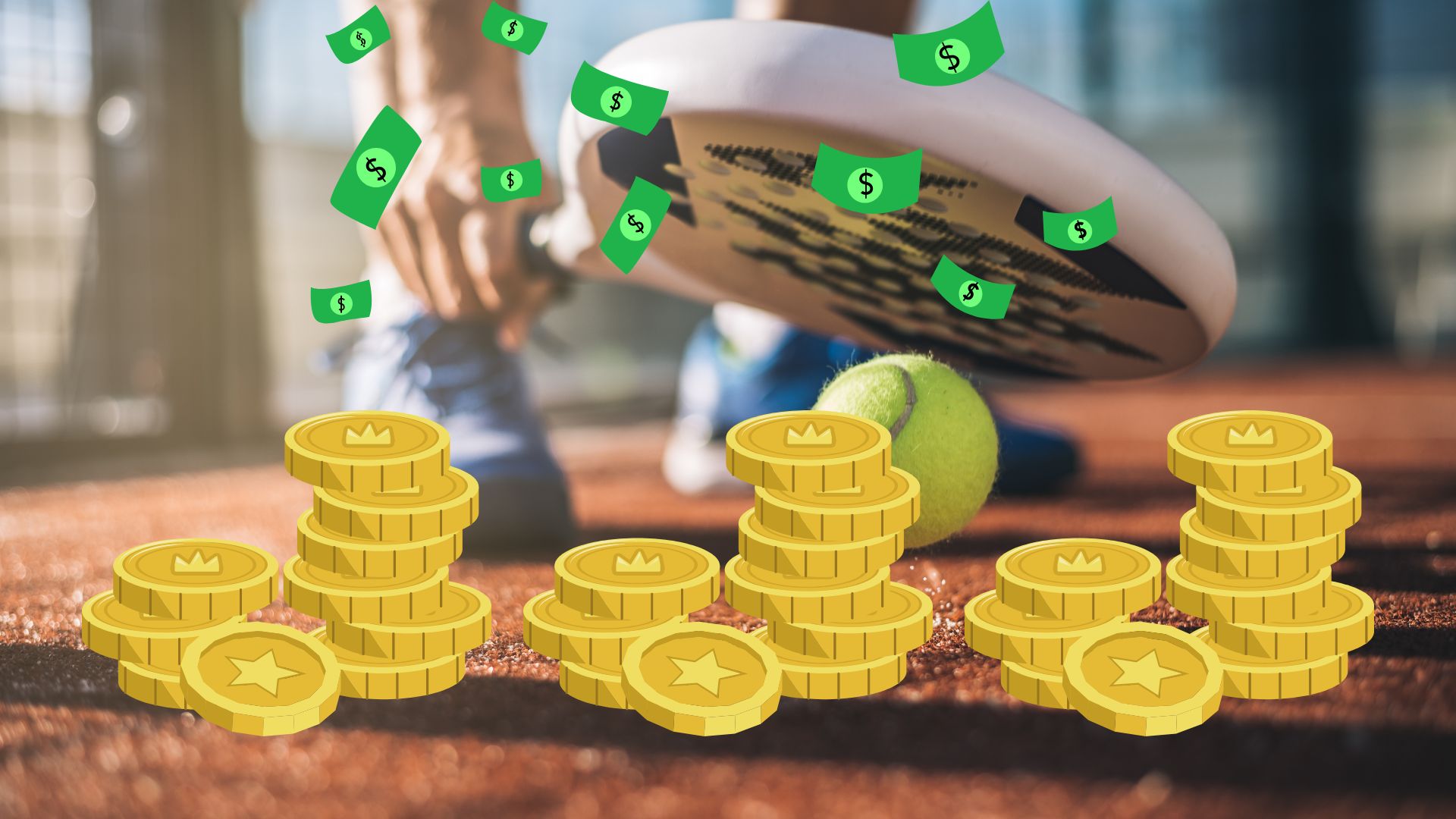

















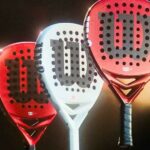














































































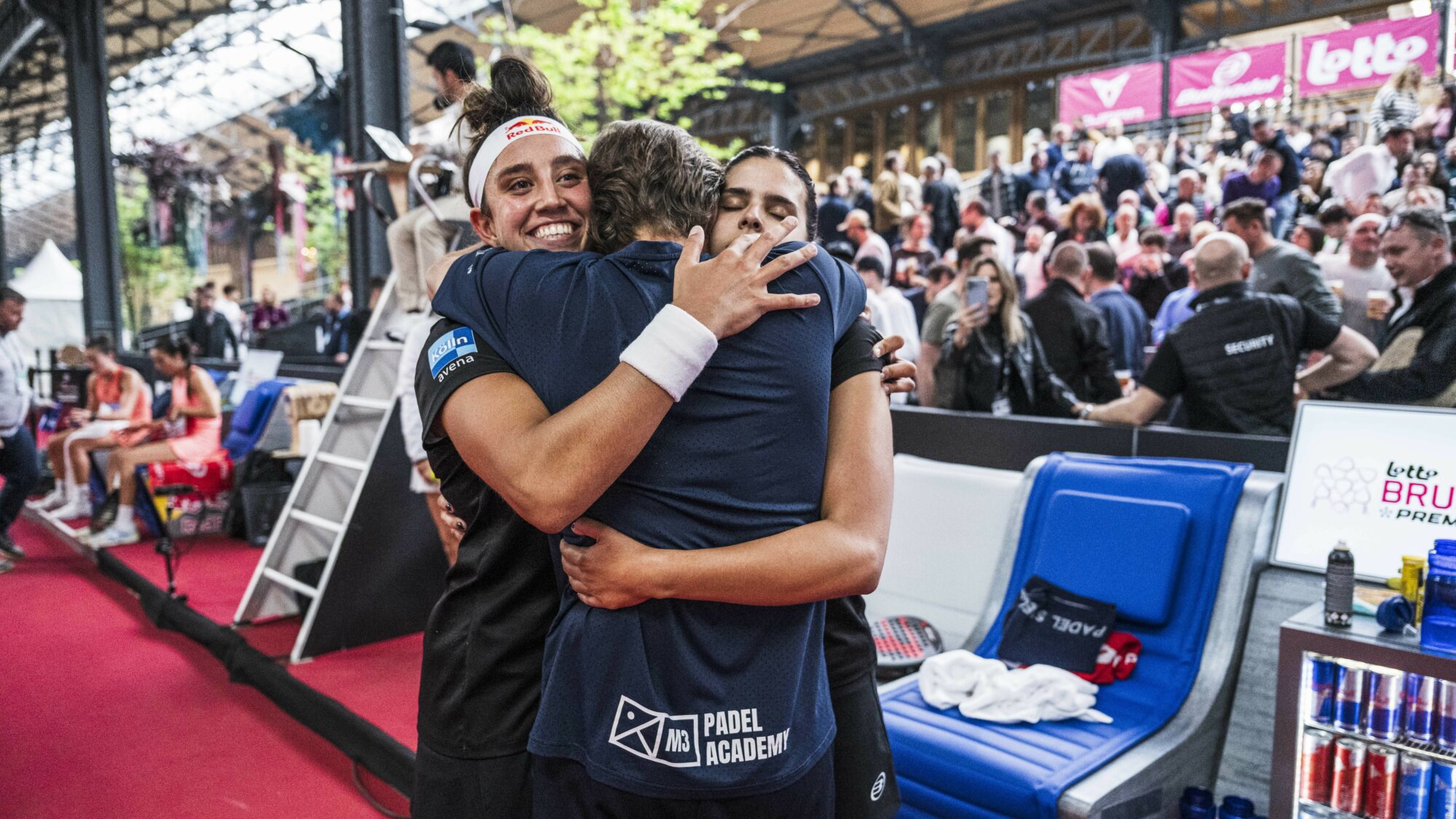 Premier Padel Brussels P2 – Brea/Gonzalez wins the arm wrestling against Salazar/Icardo
Premier Padel Brussels P2 – Brea/Gonzalez wins the arm wrestling against Salazar/Icardo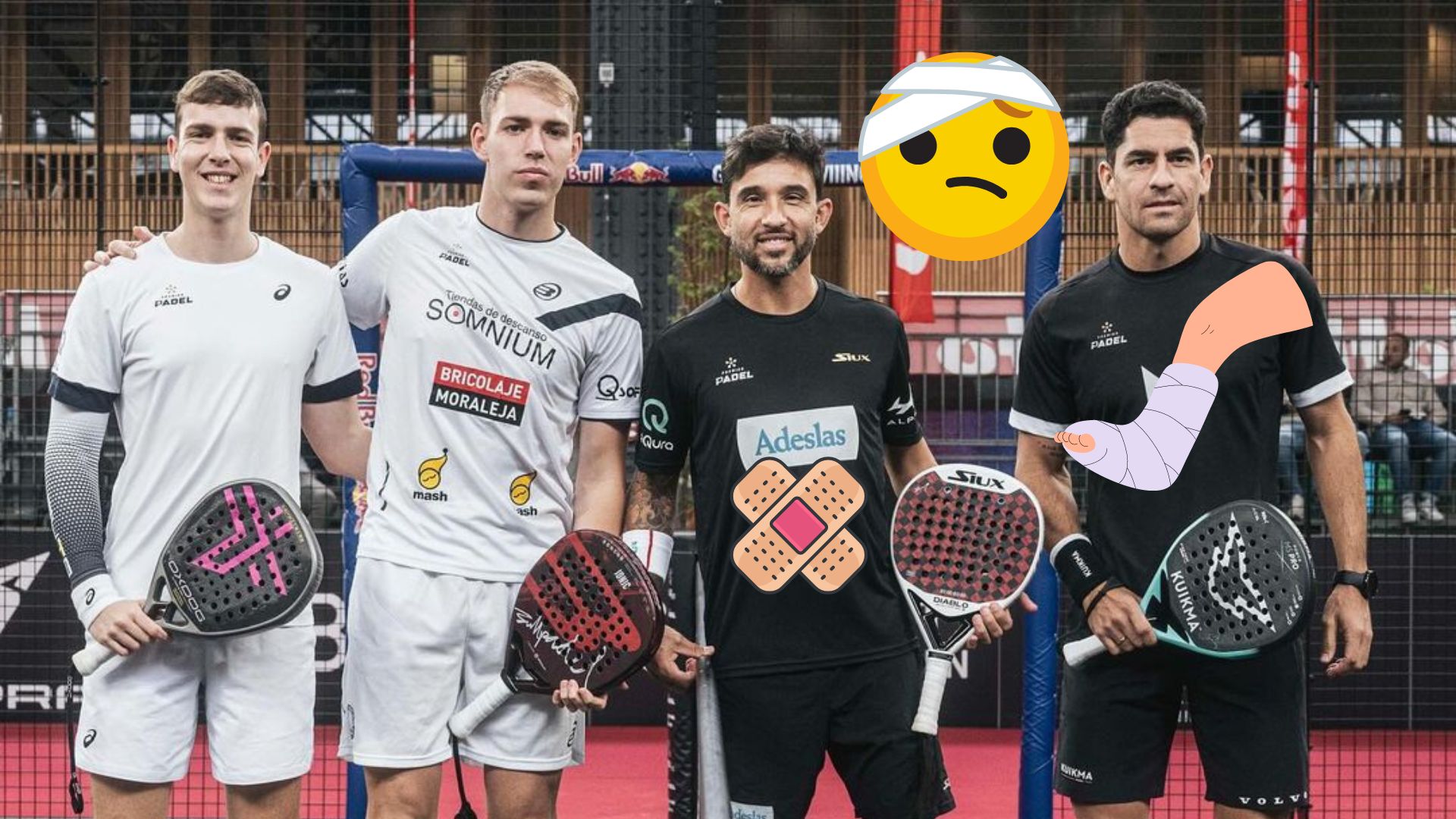 Unusual – Sanyo Gutierrez and Maxi Sanchez suffered in Brussels
Unusual – Sanyo Gutierrez and Maxi Sanchez suffered in Brussels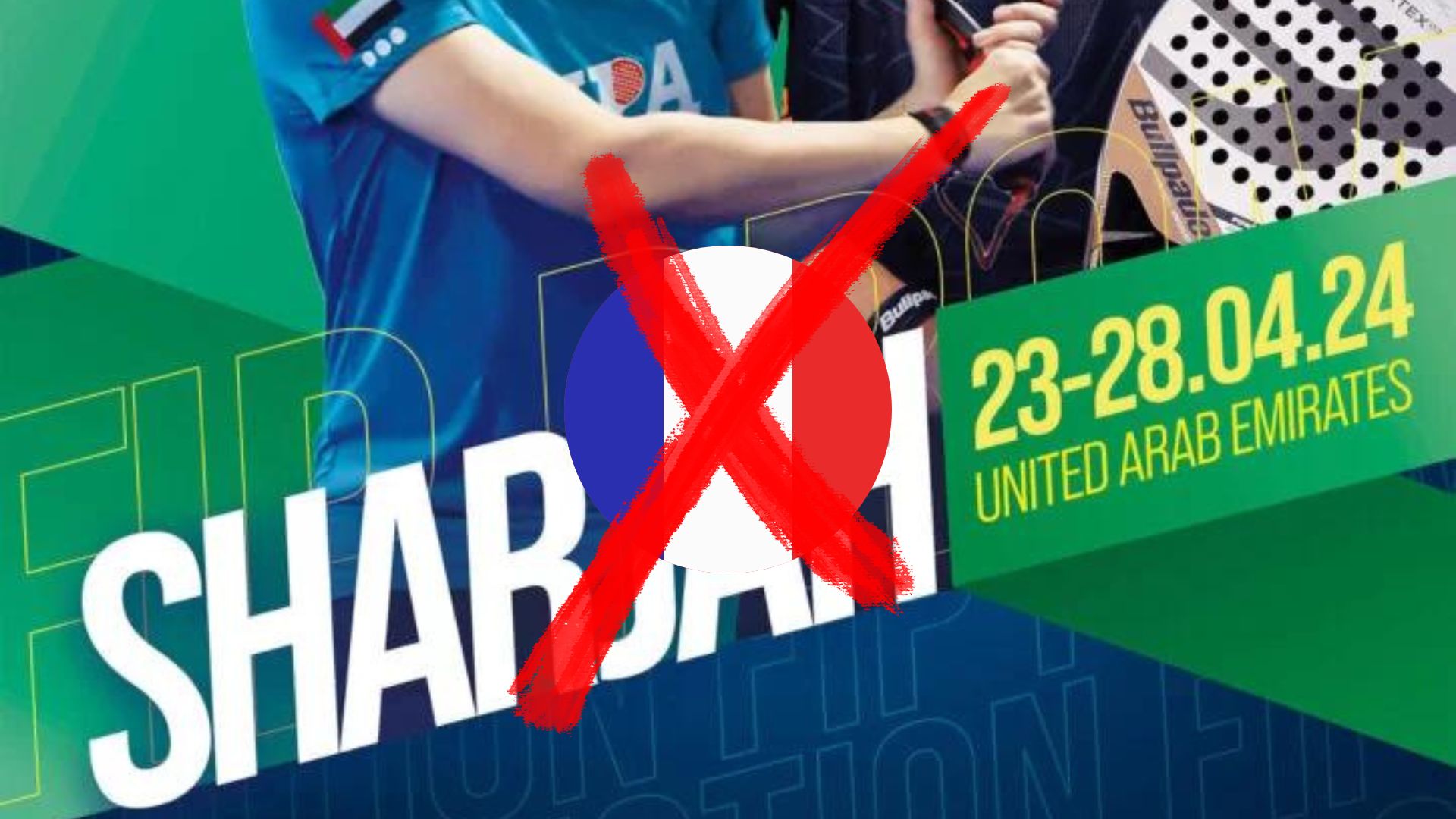 FIP Promotion Sharjah – More French people in the United Arab Emirates
FIP Promotion Sharjah – More French people in the United Arab Emirates Guillaume Codron de Sud Padel : “A family project”
Guillaume Codron de Sud Padel : “A family project” Nallé Grinda: “Democratize the padel in the USA with PadelX "
Nallé Grinda: “Democratize the padel in the USA with PadelX " Simon Boissé: “We know that there are two nations in front of us”
Simon Boissé: “We know that there are two nations in front of us” Marie Maligo: “This period of frequent changes of partners was beneficial for me”
Marie Maligo: “This period of frequent changes of partners was beneficial for me” The All Star Tour returns on May 16 at the All In in Lyon
The All Star Tour returns on May 16 at the All In in Lyon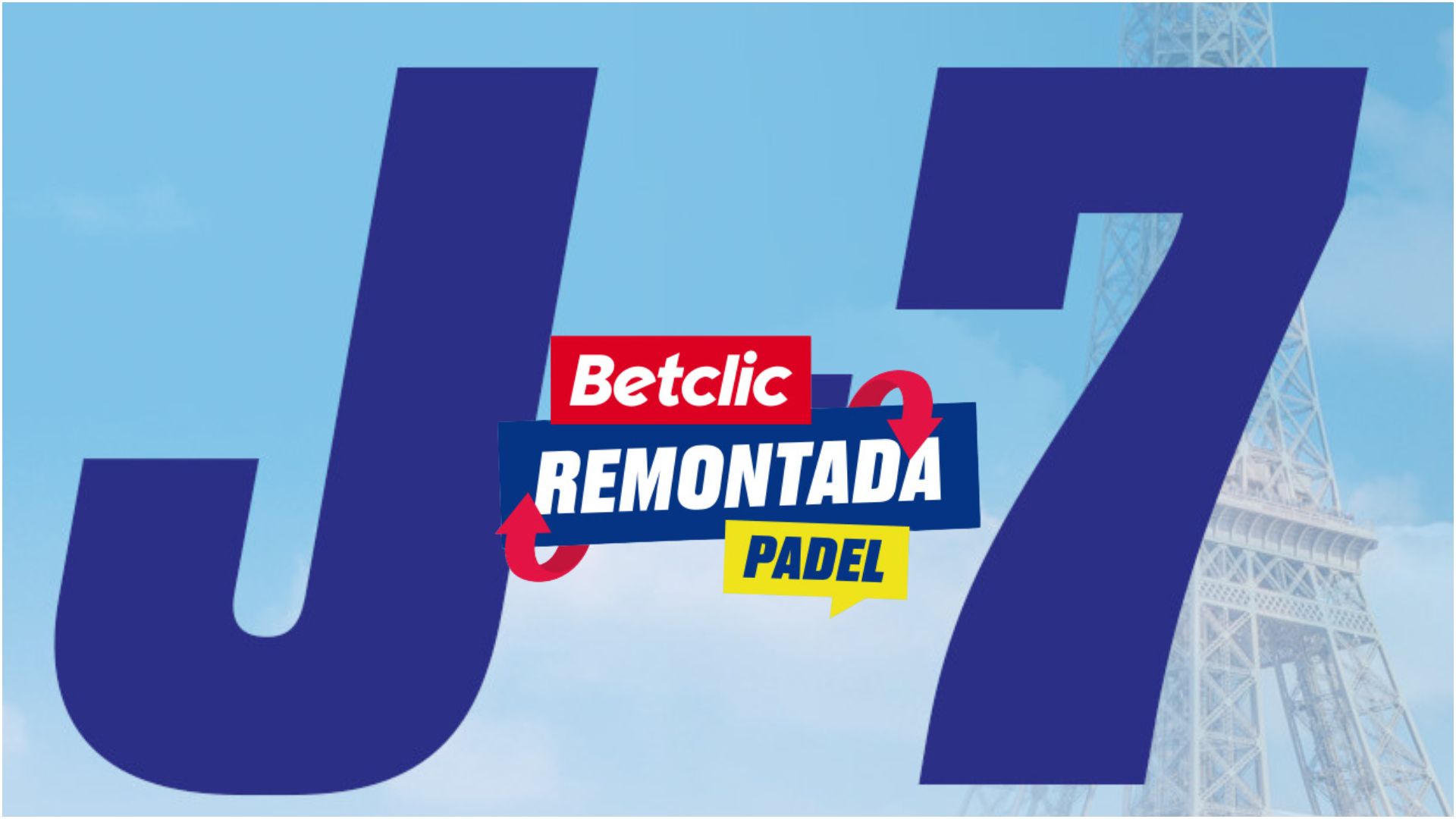 D-7 of the “BetClic Remontada Padel”, at the foot of the Eiffel Tower
D-7 of the “BetClic Remontada Padel”, at the foot of the Eiffel Tower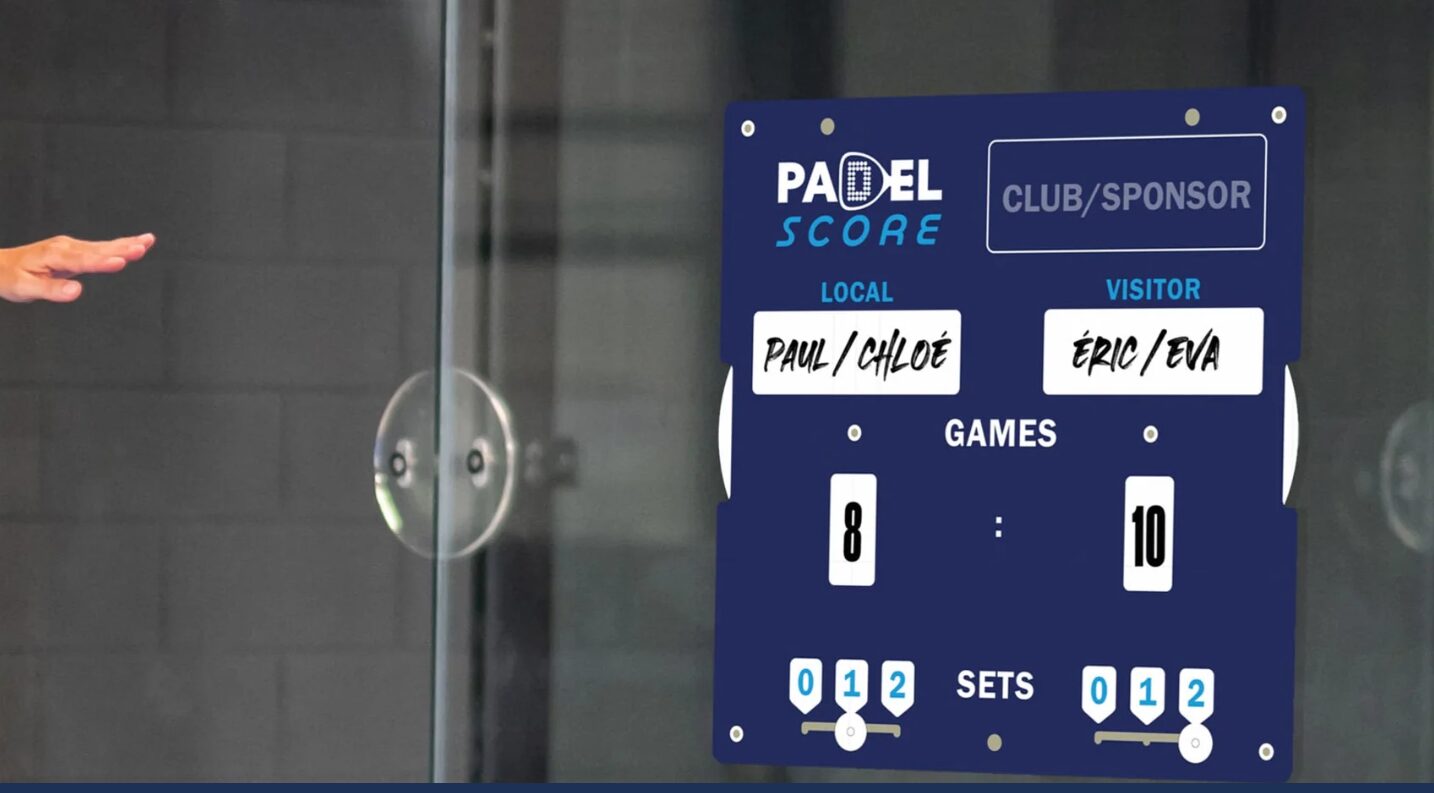 Padel Score: an essential table for keeping score
Padel Score: an essential table for keeping score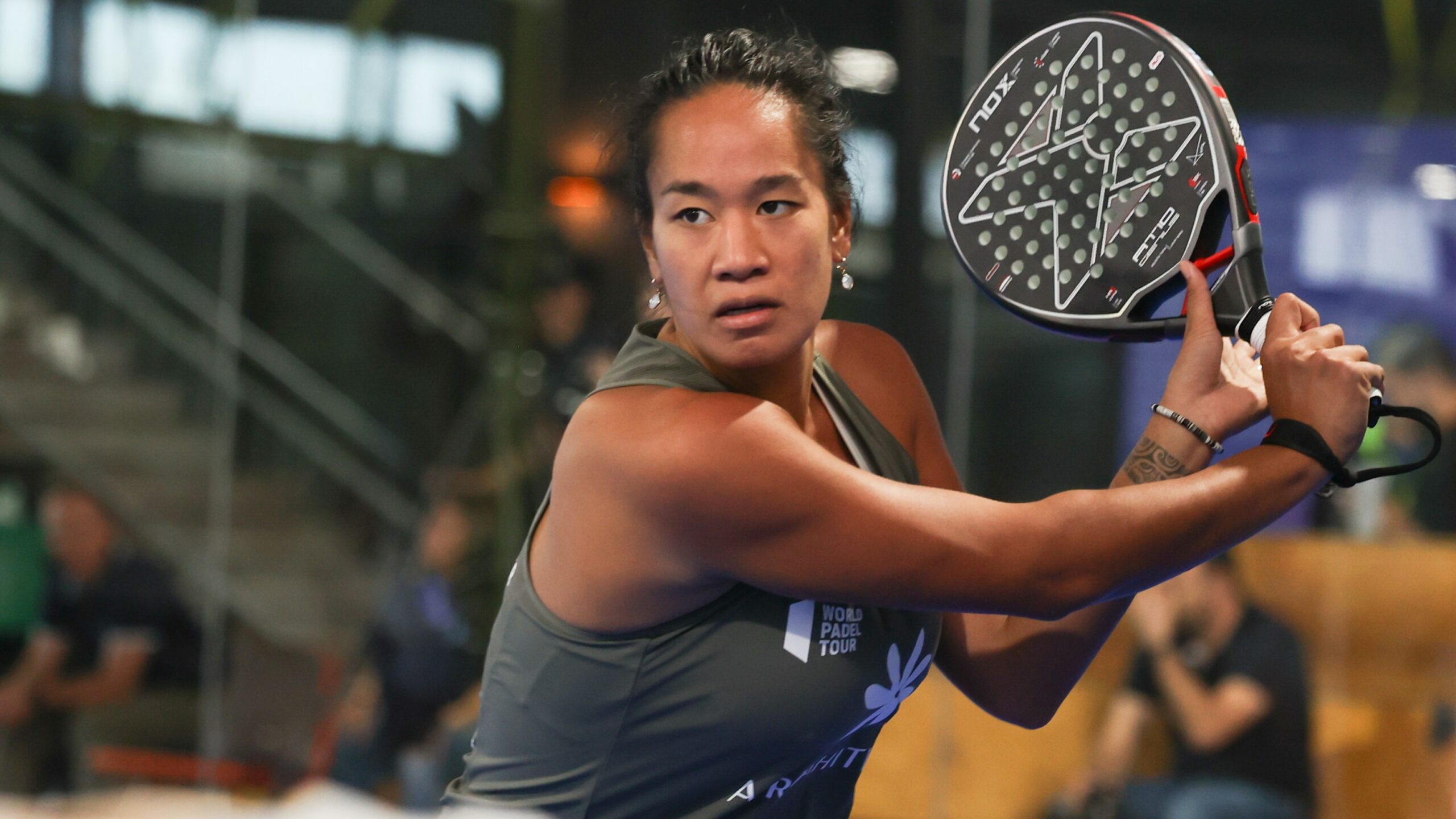 Léa Godallier makes her big return to the slopes this weekend
Léa Godallier makes her big return to the slopes this weekend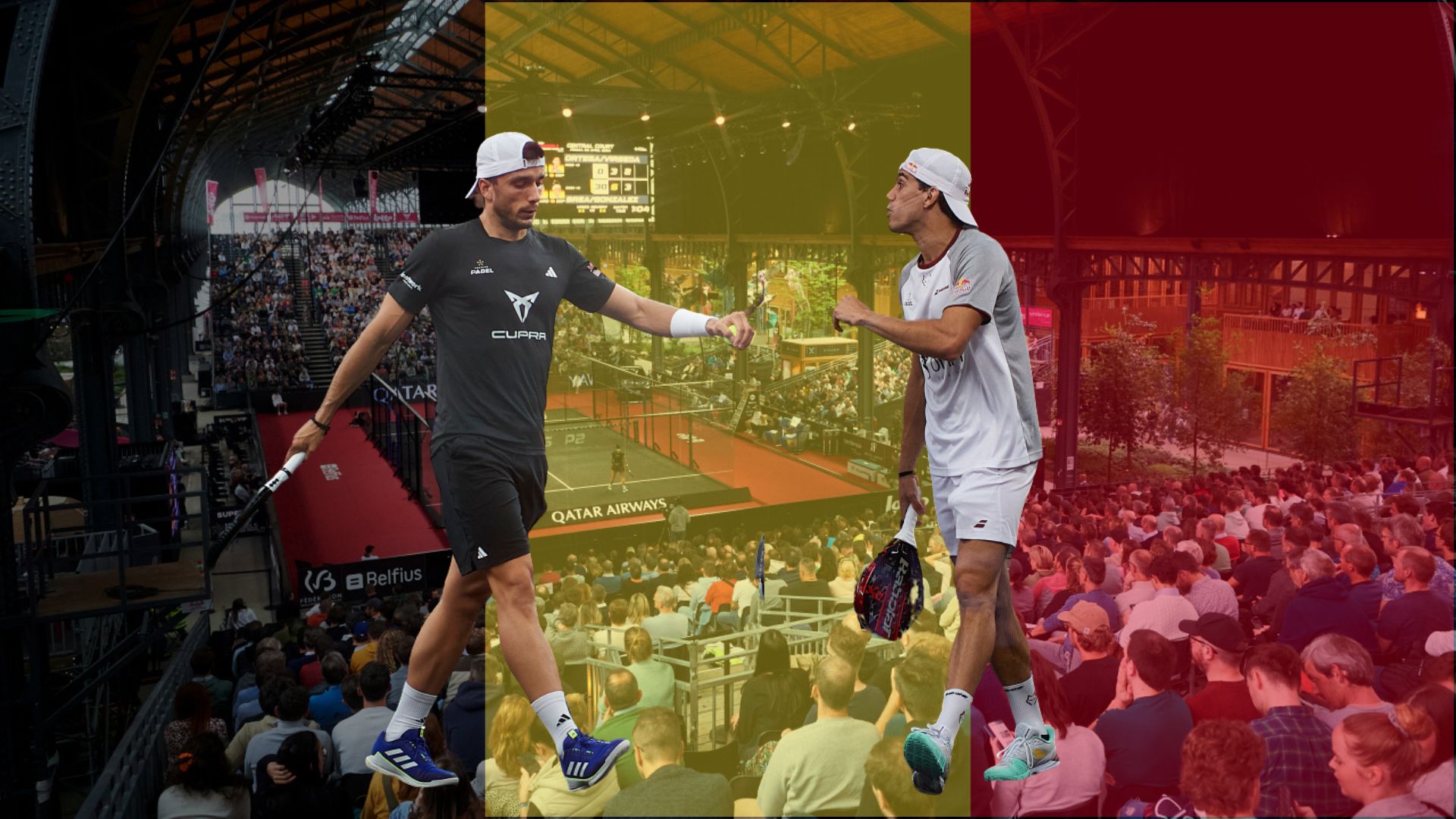 Premier Padel Brussels P2 – Juan Lebron and Ale Galan together in Belgium?
Premier Padel Brussels P2 – Juan Lebron and Ale Galan together in Belgium?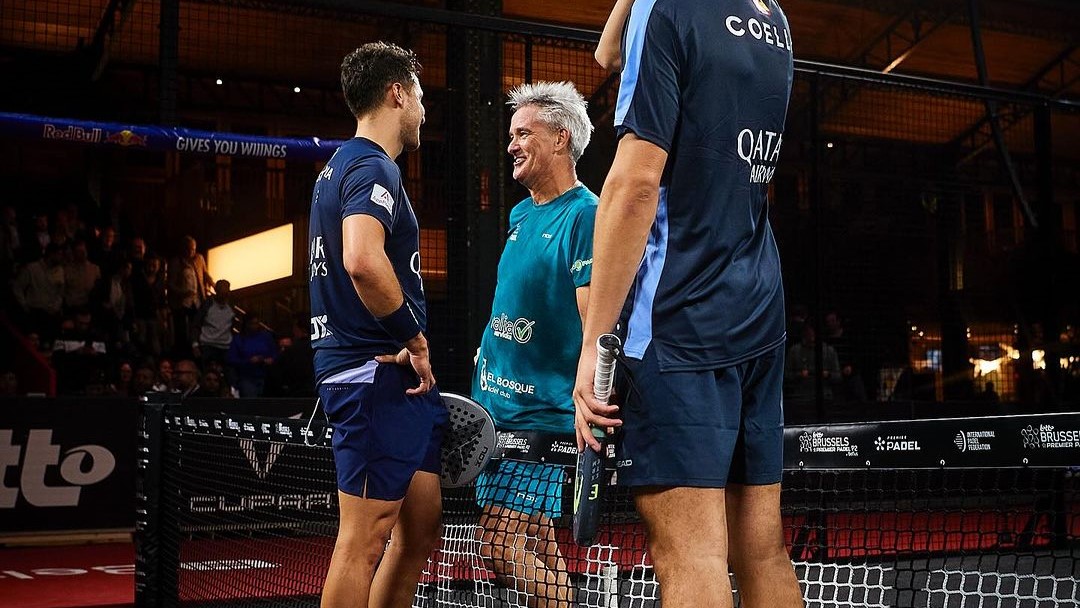 Agustin Tapia salutes the longevity of Miguel Lamperti
Agustin Tapia salutes the longevity of Miguel Lamperti José Manuel Escin at the inauguration of Casa Padel DOS: “Finally, and thank you!”
José Manuel Escin at the inauguration of Casa Padel DOS: “Finally, and thank you!” Padel Score comes to Tahiti for American Express Padel Cup!
Padel Score comes to Tahiti for American Express Padel Cup! Do you know the Rafa Nadal Academy Tour?
Do you know the Rafa Nadal Academy Tour? Play at padel on his yacht? Possible for €233.000!
Play at padel on his yacht? Possible for €233.000!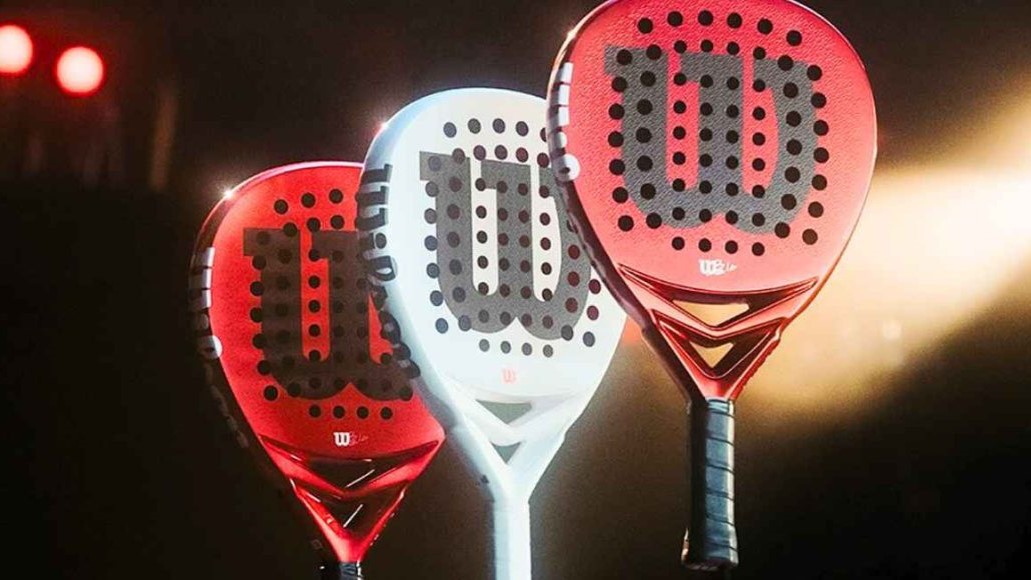 Presentation of the Wilson Bela V2.5 collection
Presentation of the Wilson Bela V2.5 collection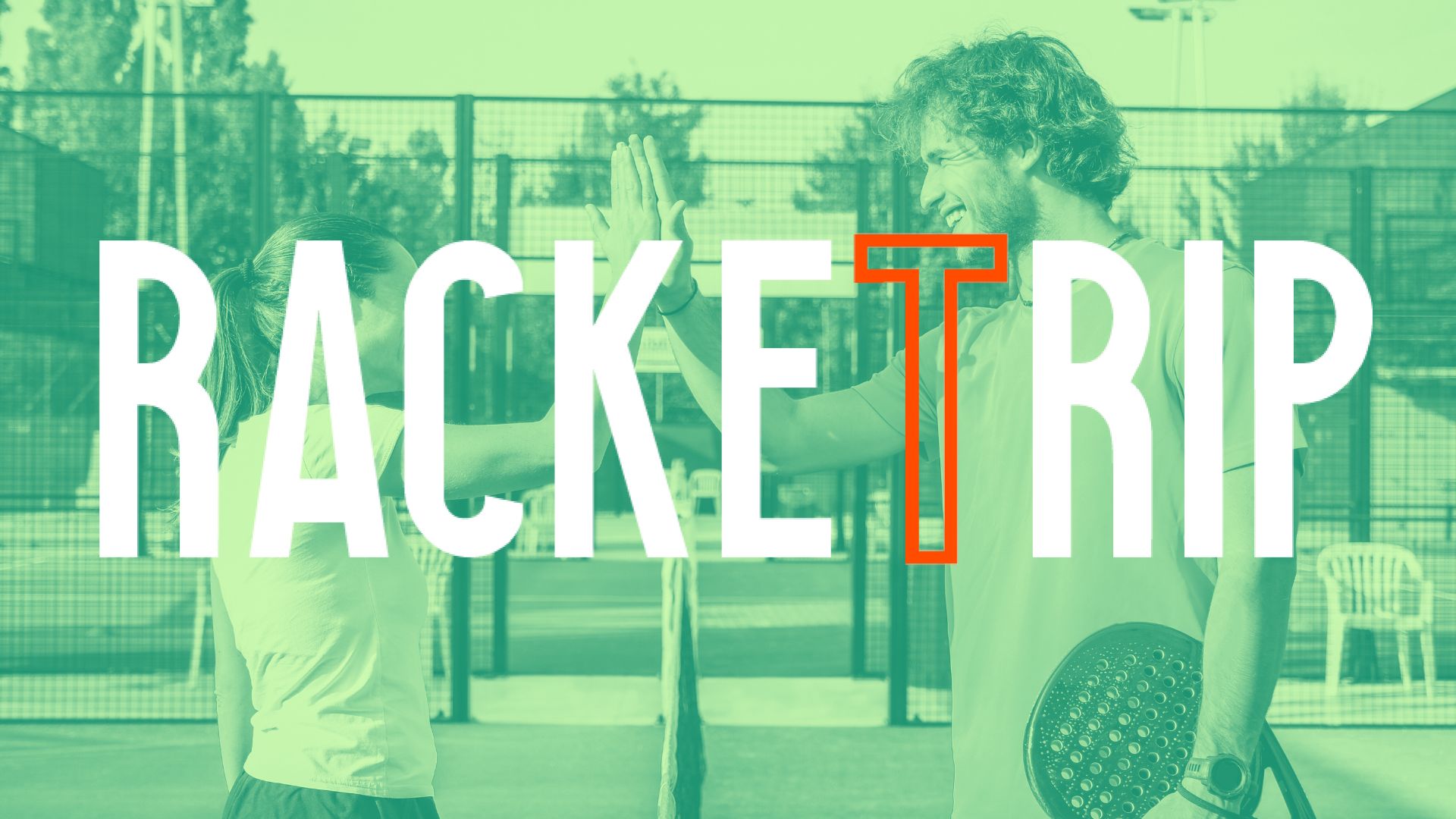 The LinkedIn of racquet sports: Racket Trip
The LinkedIn of racquet sports: Racket Trip The score at padel : manual
The score at padel : manual Our Top 10 training courses padel in France and Europe
Our Top 10 training courses padel in France and Europe At the heart of padel – Episode 25: Paul and Andoni answer your questions
At the heart of padel – Episode 25: Paul and Andoni answer your questions At the heart of padel – Episode 23: defend the window well
At the heart of padel – Episode 23: defend the window well Prohibition on playing topless Padel : the reasons
Prohibition on playing topless Padel : the reasons FIP Tour – Going far from Europe, THE strategy to earn points!
FIP Tour – Going far from Europe, THE strategy to earn points! What is a good football player? padel ?
What is a good football player? padel ? “Lefties give me headaches when I play against them!”
“Lefties give me headaches when I play against them!” At the heart of padel – Episode 14: how to earn points in winter?
At the heart of padel – Episode 14: how to earn points in winter? The basic tactics of padel
The basic tactics of padel A par 4 is always a winner...even if you manage to defend it!
A par 4 is always a winner...even if you manage to defend it! Carbon fiber VS fiberglass: what to choose?
Carbon fiber VS fiberglass: what to choose? How to effectively test a racket padel ?
How to effectively test a racket padel ? La padel to fight Parkinson's disease
La padel to fight Parkinson's disease Don't play with a cracked or broken racket, your body will thank you!
Don't play with a cracked or broken racket, your body will thank you! Michel Cymes: “The padel, physically, it’s serious!”
Michel Cymes: “The padel, physically, it’s serious!” Jeremy Gala: “Promote the padel among young people in Belgium remains a challenge”
Jeremy Gala: “Promote the padel among young people in Belgium remains a challenge” The French Touch Academy organizes its selection day Padel-Study
The French Touch Academy organizes its selection day Padel-Study Report on the detection and training of younger generations
Report on the detection and training of younger generations